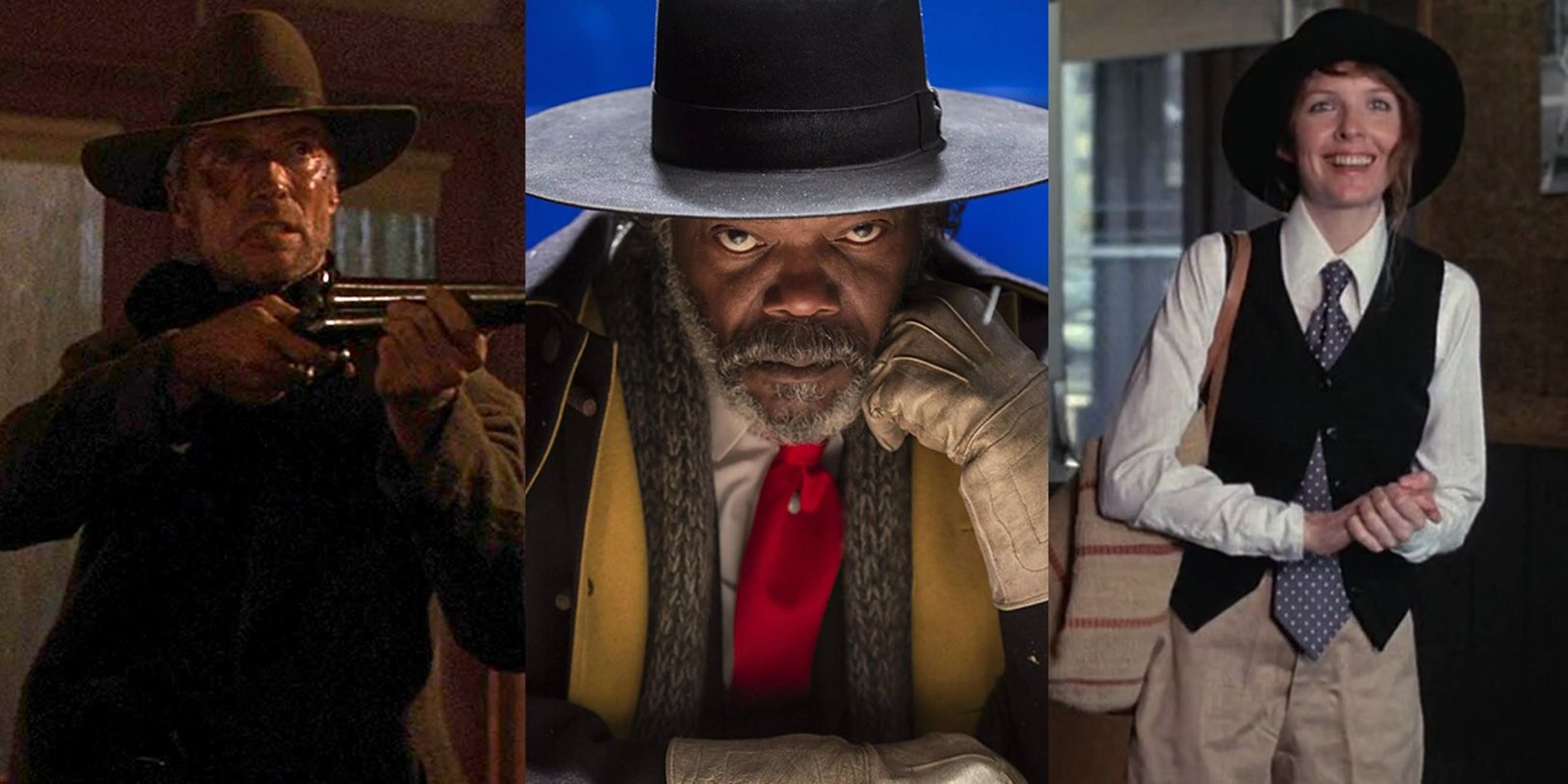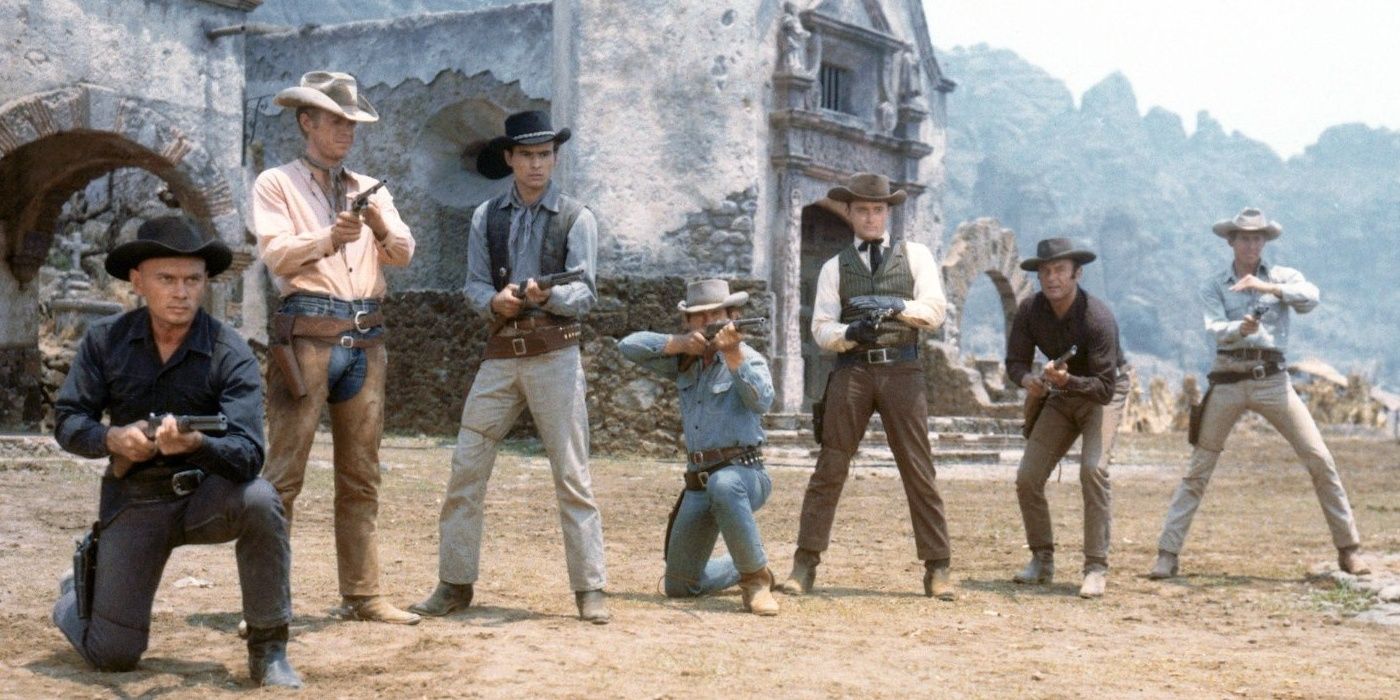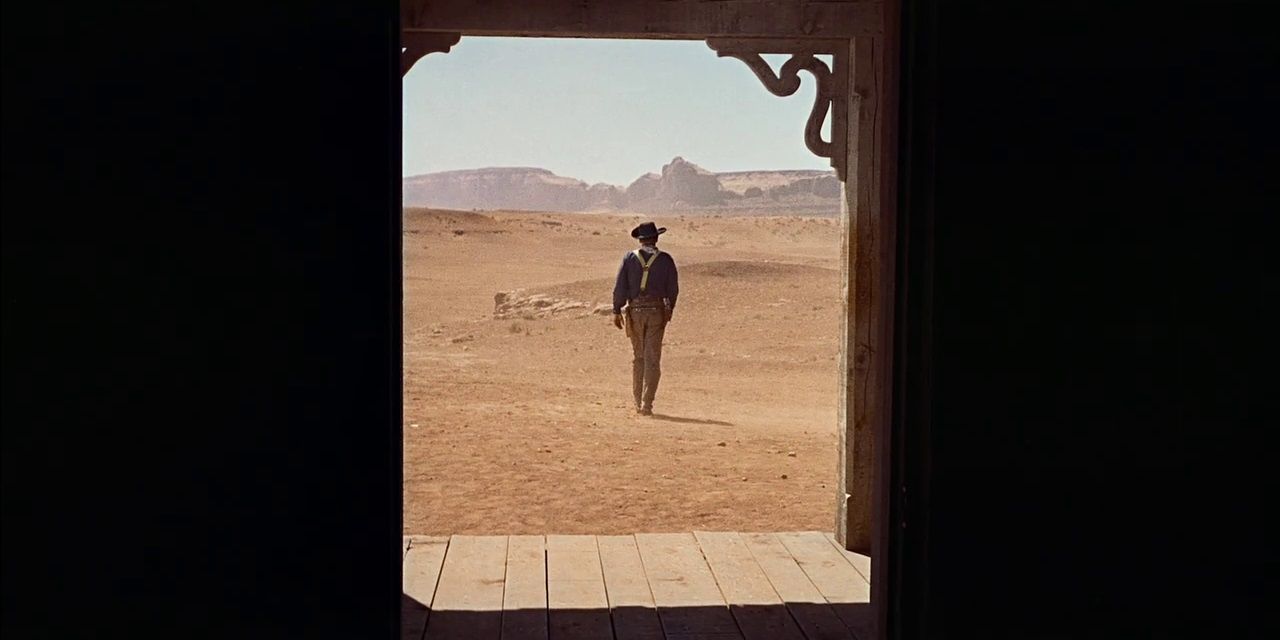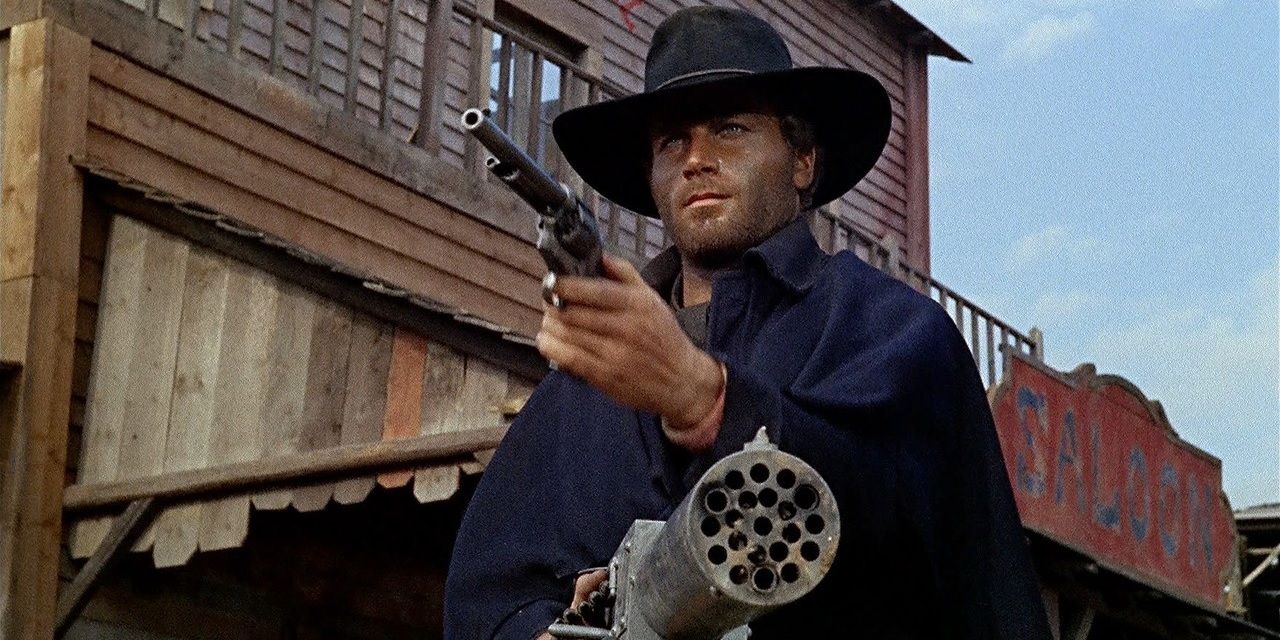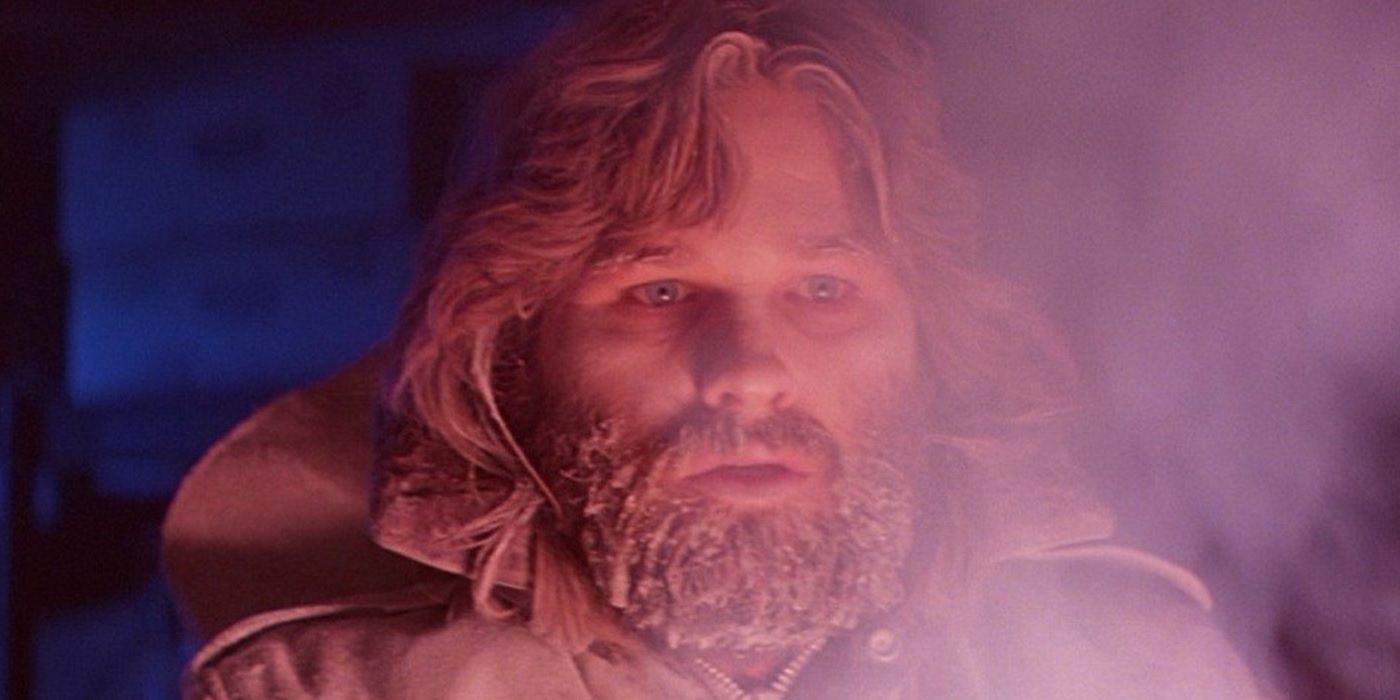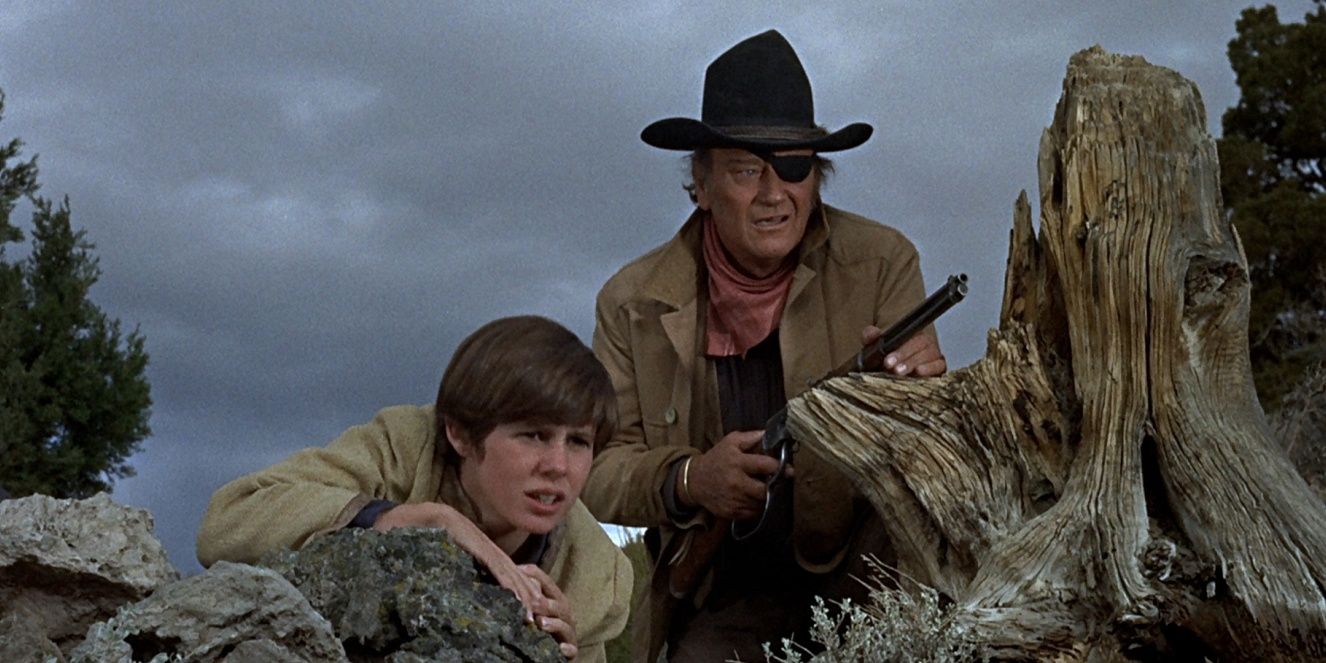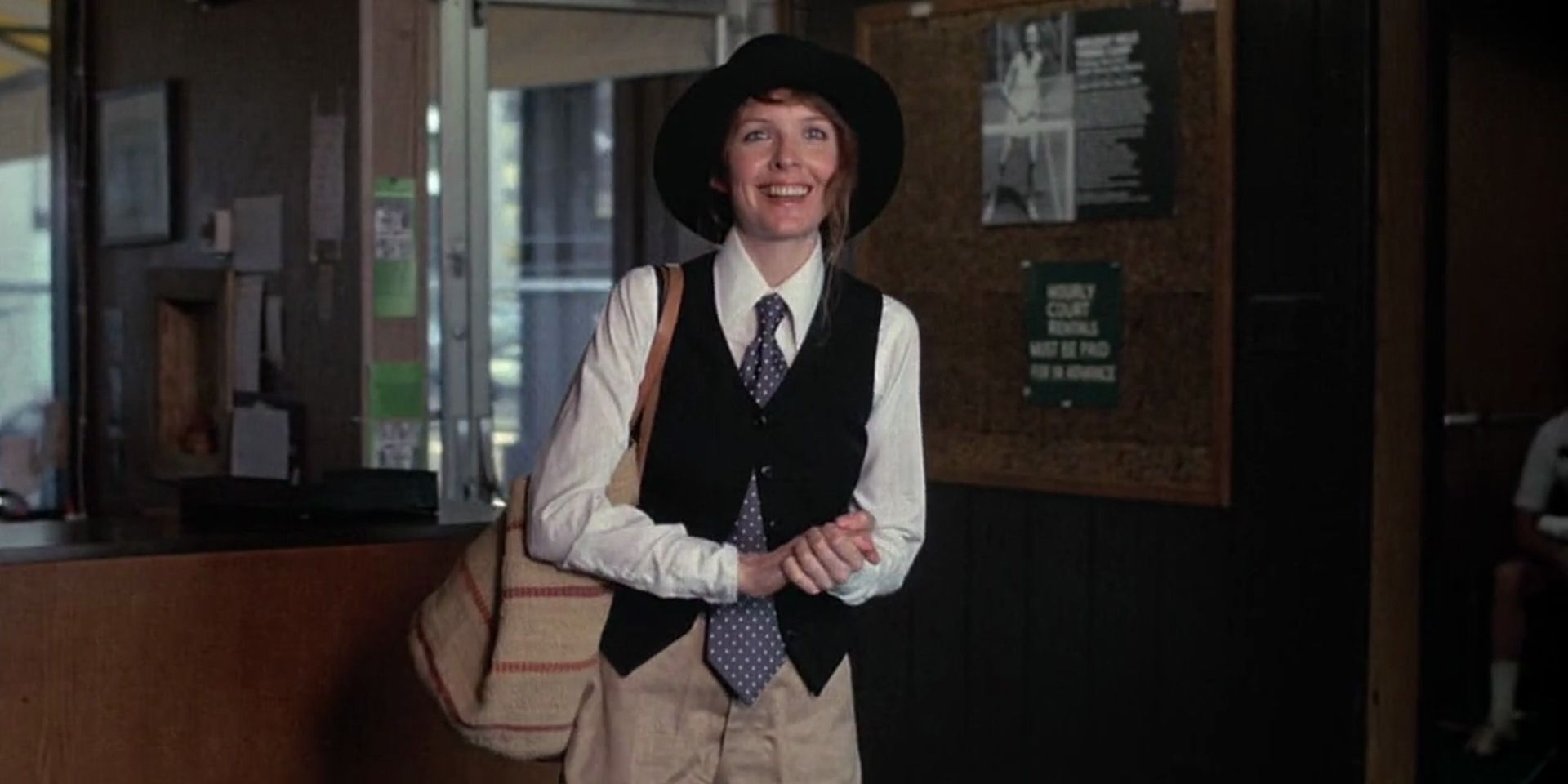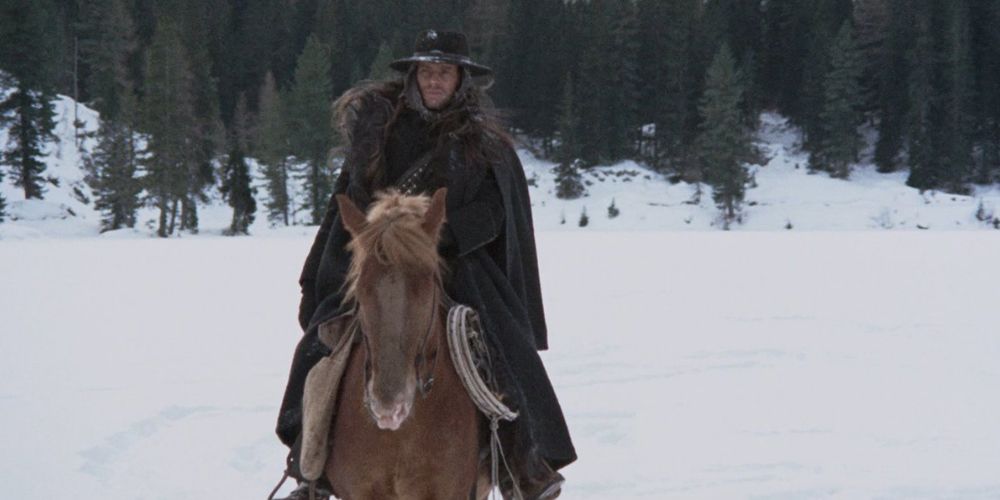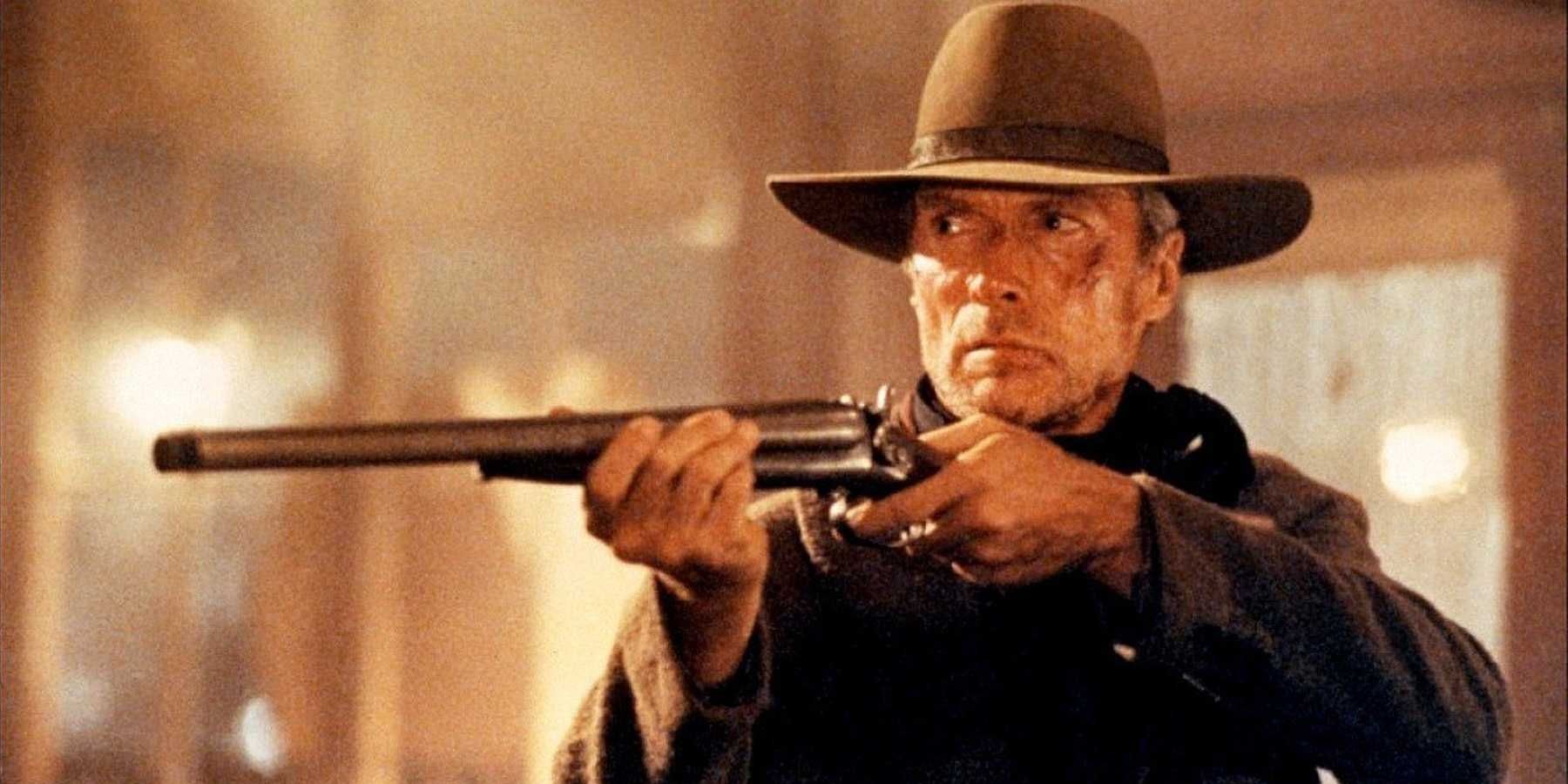Quentin Tarantino has always been known for filling his movies with references to other movies. His scripts include familiar lines of dialogue, his cinematography includes recreations of famous existing shots, and his soundtrack choices include parts of scores that were composed for completely different movies.
2015’s The Hateful Eight is one of Tarantino’s most underappreciated movies. It’s technically a Western, but its plot is a Poirot-style murder mystery, and Ennio Morricone’s tense music is closer to a horror score than a Western. Despite the use of an original score (a first for Tarantino), The Hateful Eight is still filled with the kind of homages that the director’s fans have come to expect.
The Magnificent Seven (1960)
The most obvious movie reference in The Hateful Eight is its title, which is a play on the title of John Sturges’ classic Western, The Magnificent Seven, which was itself a reimagining of Akira Kurosawa’s Seven Samurai set in the Old West.
Describing the titular ensemble as “hateful” as opposed to “magnificent” highlights the fact that the characters aren’t noble heroes like the village-defending protagonists of The Magnificent Seven. Rather, they’re all heinous villains, each as bad as the other.
The Searchers (1956)
Kurt Russell’s accent in The Hateful Eight sounds an awful lot like John Wayne, so it’s appropriate that his bounty hunter character John Ruth quotes one of Duke’s most iconic characters.
The one-liner “That’ll be the day!” is delivered impeccably by Russell in The Hateful Eight, but it was first uttered by Wayne’s Ethan Edwards character in John Ford’s seminal western masterpiece, The Searchers. The Searchers was notable for abandoning Wayne’s established on-screen persona in favor of a darker antihero role.
Django (1966)
Tarantino’s most overt homage to Sergio Corbucci’s 1966 Spaghetti Western, Django, is, of course, Django Unchained, which borrows the original movie hero’s name and its star, Franco Nero. But Samuel L. Jackson’s costume in The Hateful Eight – particularly his Union coat and scarf – was heavily influenced by Nero’s iconic wardrobe from Django.
According to Entertainment Weekly, The Hateful Eight originated as a sequel novel to Django Unchained titled Django in White Hell. He realized the story wouldn’t work with a heroic character like Django, and that everybody snowed into the haberdashery had to be a bad guy, so it was retooled as an original project.
The Thing (1982)
John Carpenter’s The Thing stars Kurt Russell as one of a group of people trapped in an icy, isolated location, unable to trust each other, set to the foreboding music of Ennio Morricone. Aside from the presence of a shapeshifting alien, it’s a lot like The Hateful Eight.
In an interview with Christopher Nolan about The Hateful Eight on the Directors Guild of America's podcast, Tarantino named The Thing as “the most influential movie on this movie.” The claustrophobic storytelling of Tarantino’s debut feature, Reservoir Dogs, was similarly influenced by The Thing.
True Grit (1969)
Much like The Searchers, True Grit challenged the heroic on-screen image of John Wayne with a subversively dark role. Rooster Cogburn is a bitter alcoholic who’s reluctant to help out when a teenage girl asks him to help her track down her father’s killer.
The Hateful Eight includes a couple of nods to True Grit. It has a character named “Mexican Bob,” just like the 1969 revisionist gem, and John Ruth’s line “She’s a pepper, ain’t she?” could be a reference to the Ned Pepper gang from True Grit.
Annie Hall (1977)
Tarantino didn’t just include references to previous Westerns and intense horror movies in The Hateful Eight. The movie also has a nod to Woody Allen’s Oscar-winning romcom Annie Hall – specifically the catchphrase uttered by Diane Keaton’s eccentric title character.
When John Ruth arrives at Minnie’s Haberdashery and Oswaldo Mobray introduces himself as the hangman of Red Rock, Ruth says, “La-di-da.” Annie Hall says this line when she meets Alvy Singer for the first time.
The Great Silence (1968)
The conversations between Major Warren, John Ruth, Chris Mannix, and Daisy Domergue aboard the stagecoach in The Hateful Eight’s opening scenes are a reference to Silence, Loco, and Burnett’s scenes in Sergio Corbucci’s brutal Spaghetti Western, The Great Silence.
More broadly, The Hateful Eight’s snowy setting appears to also be a nod to The Great Silence. The harsh wintry environment of Corbucci’s movie complements the bleak events on-screen, and in The Hateful Eight, the snow has the same effect.
Unforgiven (1992)
Clint Eastwood’s final Western as both a director and a star is a beautifully bittersweet swansong for the genre that made his career. Unforgiven stars Eastwood as a retired gunslinger who reluctantly returns to action to avenge a sex worker who was attacked.
In Unforgiven, inexperienced gunfighter “The Schofield Kid” shoots the villain while he’s on the toilet in an outhouse. In The Hateful Eight, Joe Gage similarly follows somebody out of the haberdashery to the outhouse and guns them down there. In both cases, the toilet shooting is used to highlight the gunman’s cowardice. However, it’s only in the case of Unforgiven that the shooter has any remorse after carrying out the killing.

